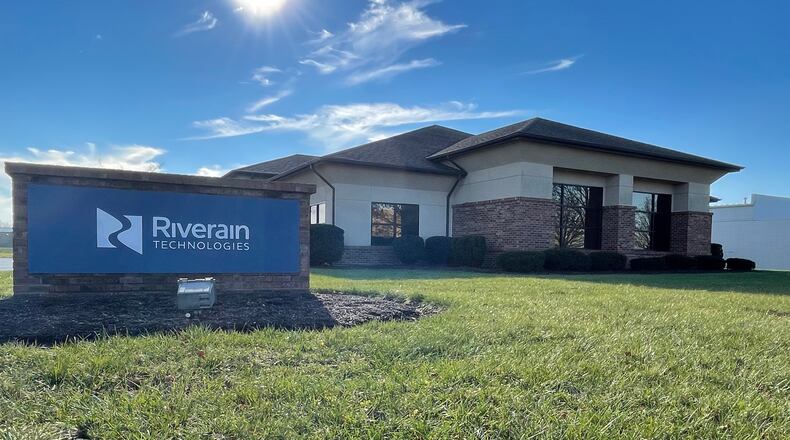Fueling the growth is acceleration of interest in its products, including applications designed to improve early lung cancer detection, as well as other applications for detection of disease in chest X-rays and chest CTs, according to spokeswoman Sanmitra Iwanski. In 2021, it relaunched its brand with the message “See Clearly. Decide Confidently.”
Riverain is growing because there are a few challenges that it can help to address in healthcare, Iwanski said. “All our products reduce repetitive steps and enable radiologists to read lung images faster and with more confidence,” she said.
Riverain Technologies employs 25 people and anticipates doubling in the coming year, staying local while growing. In November, the office moved from its previous facility at 3020 S. Tech Blvd. to its new, 8,200-square-foot facility at 3130 S. Tech Blvd., a space that was renovated to meet the company’s needs and prepare for its future growth.
“We just grew our offices to accommodate the growth we are seeing,” Iwanski said. “We anticipate continuing to grow at a rapid rate due to the increased emphasis on lung health and early lung cancer detection. We hope to nearly double the organization size again and significantly grow revenue in 2022.”
Riverain Technologies was founded in 2004 as Riverain Medical by Clay Mathile and Richard Glennon, two Dayton-area entrepreneurs and longtime leaders. Both the Mathile and Glennon families are still active and engaged investors and advisers to the company, she said.
Riverain started specifically with lung cancer and lung nodule detection. It has a “rich pipeline of new offerings,” including a recent FDA submission for the detection of pneumothorax, a life-threatening, commonly subtle condition associated with air entering the chest cavity that can turn into a collapsed lung, Iwanski said.
“Our customers have told us that this problem is one that causes them some concern both in terms of workflow and patient care, so we are taking steps to support their efforts,” she said.
Lung cancer is the No. 1 cancer killer in the world, and represents almost as many as 1 in 5 cancer deaths, Iwanski said. The reason? It’s typically found in the late stages, when the chance of survival drops dramatically.
“Found early, lung cancer is 10 times more curable,” she said. “We can save lives by assisting radiologists in detecting lung cancer in the early stage, frequently during a chest image taken for another reason, also known as an incidental finding.”
The company’s software trains a machine to read all kinds of specific, clinically important situations in the lung, either on a CT scan or an X-ray image, and then test its application against the real world data.
“Where we’re unique in this space, and why we are special is that our AI doesn’t depend on things that exist already,” Iwanski said. “When you’re dependent on real world data to train your AI, you’re limited in what you can do, because your ‘machine’ doesn’t easily recognize things that don’t happen often in the real world.”
About the Author

